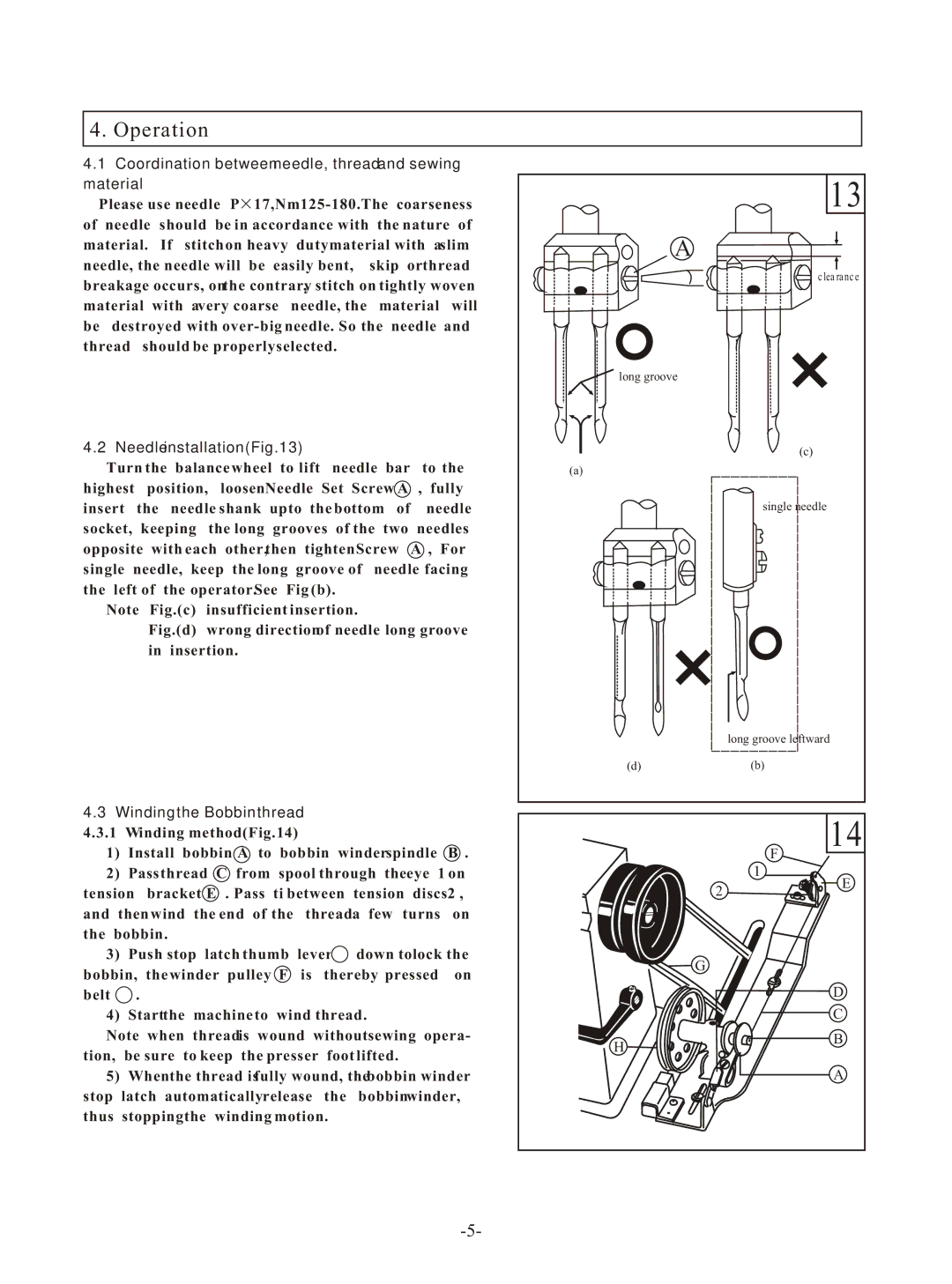MSK-8420B specifications
The Reliable MSK-8420B is an advanced multi-functional sewing machine designed for professional sewers and manufacturers who demand precision and efficiency in their stitching operations. This machine stands out in the market due to its robust construction, cutting-edge technology, and a wide array of features that cater to a variety of sewing applications.One of the primary features of the MSK-8420B is its powerful motor which ensures high-speed sewing, capable of reaching speeds of up to 5,000 stitches per minute. This capability allows users to complete projects quickly without compromising on stitch quality. Moreover, the machine is equipped with an automated lubrication system, which reduces maintenance time and prolongs the machine's lifespan.
The MSK-8420B utilizes advanced computer-controlled technology, offering programmable sewing patterns and customization options. Users can save frequently used patterns, allowing for swift transitions between different sewing tasks. The machine's intuitive interface also makes it user-friendly, accommodating both seasoned professionals and new users alike.
Another significant characteristic of the MSK-8420B is its capability to handle various fabrics with ease, from delicate materials like silk to heavy-duty fabrics like denim and leather. This versatility is enhanced by the machine's adjustable presser foot pressure and stitch length settings, which provide control over the sewing process.
The MSK-8420B is designed with safety in mind, featuring an automatic thread cutter that minimizes thread waste and ensures clean finishes. Additionally, it includes an emergency stop button, enhancing user safety during operation.
Connectivity is also a highlight of the MSK-8420B, as it can be integrated with other industrial sewing equipment, facilitating an efficient workflow in high-demand production environments. The machine is also compatible with various sewing accessories, broadening its functionality and appeal to a wider audience.
In summary, the Reliable MSK-8420B combines high-speed performance, advanced technology, and versatility, making it an indispensable tool for sewing professionals. Its features not only enhance productivity but also ensure that users achieve high-quality results across a range of sewing projects. Whether for garment production or specialized textile applications, the MSK-8420B stands as a testament to Reliable's commitment to excellence in the sewing industry.

